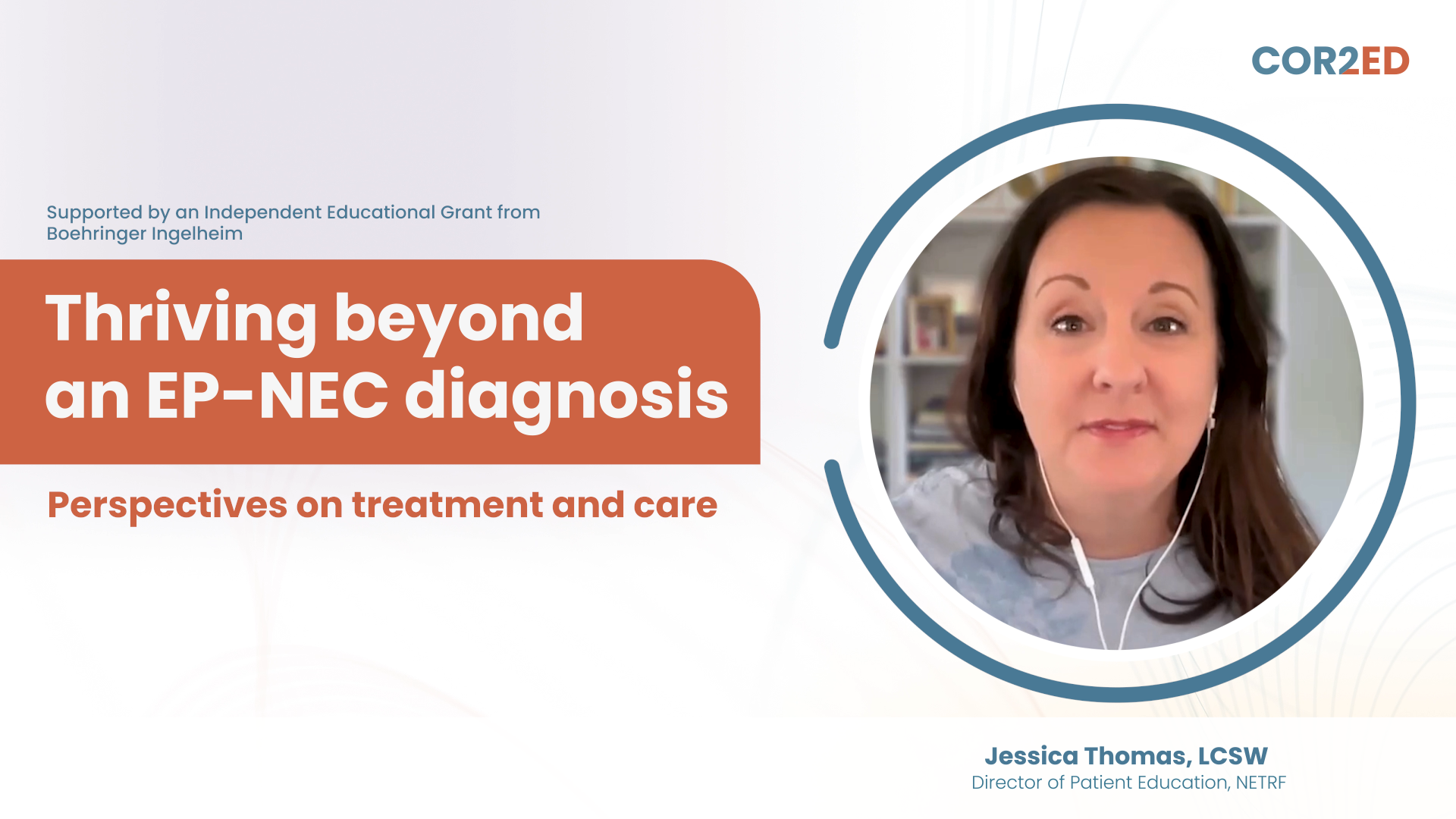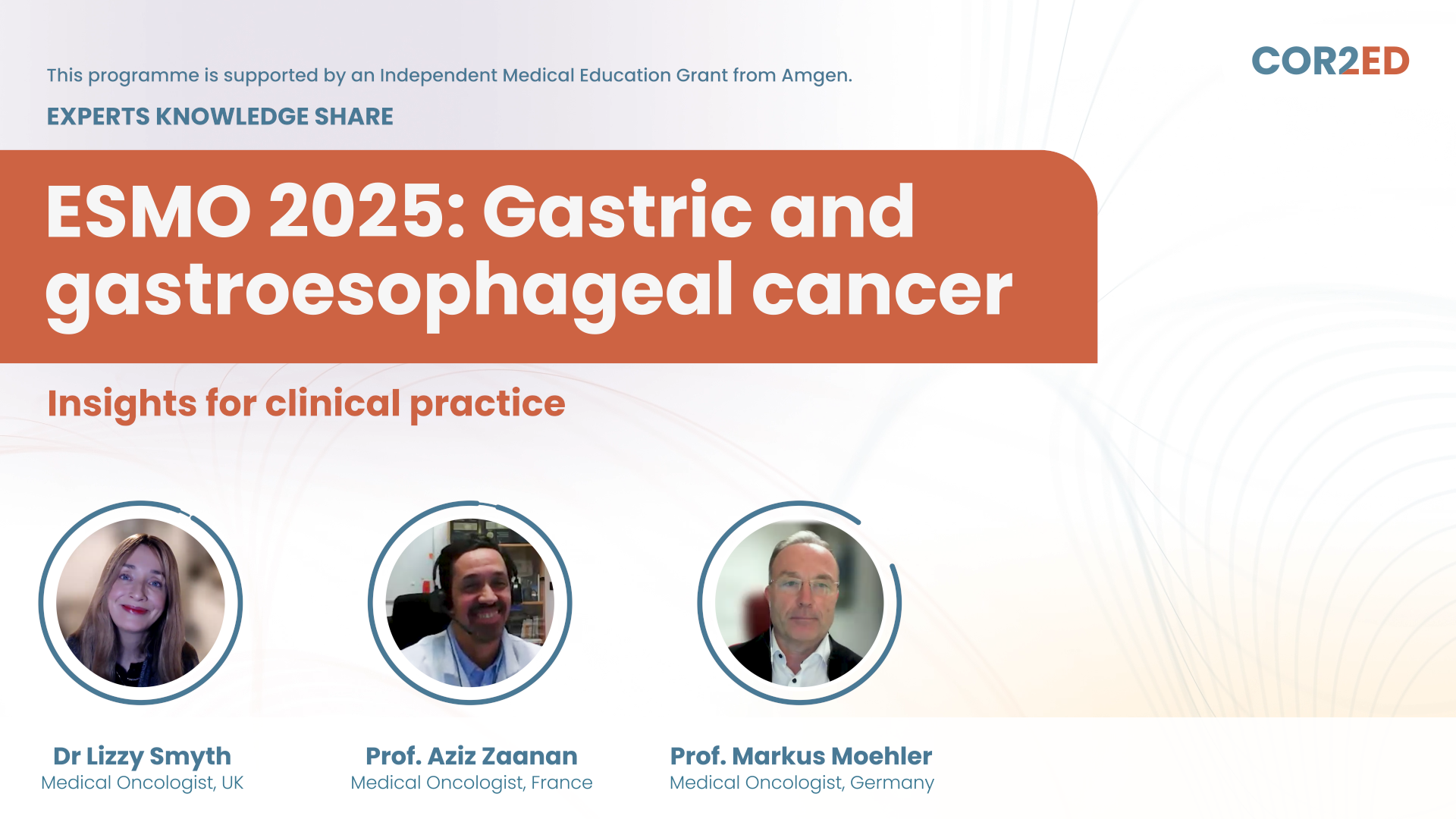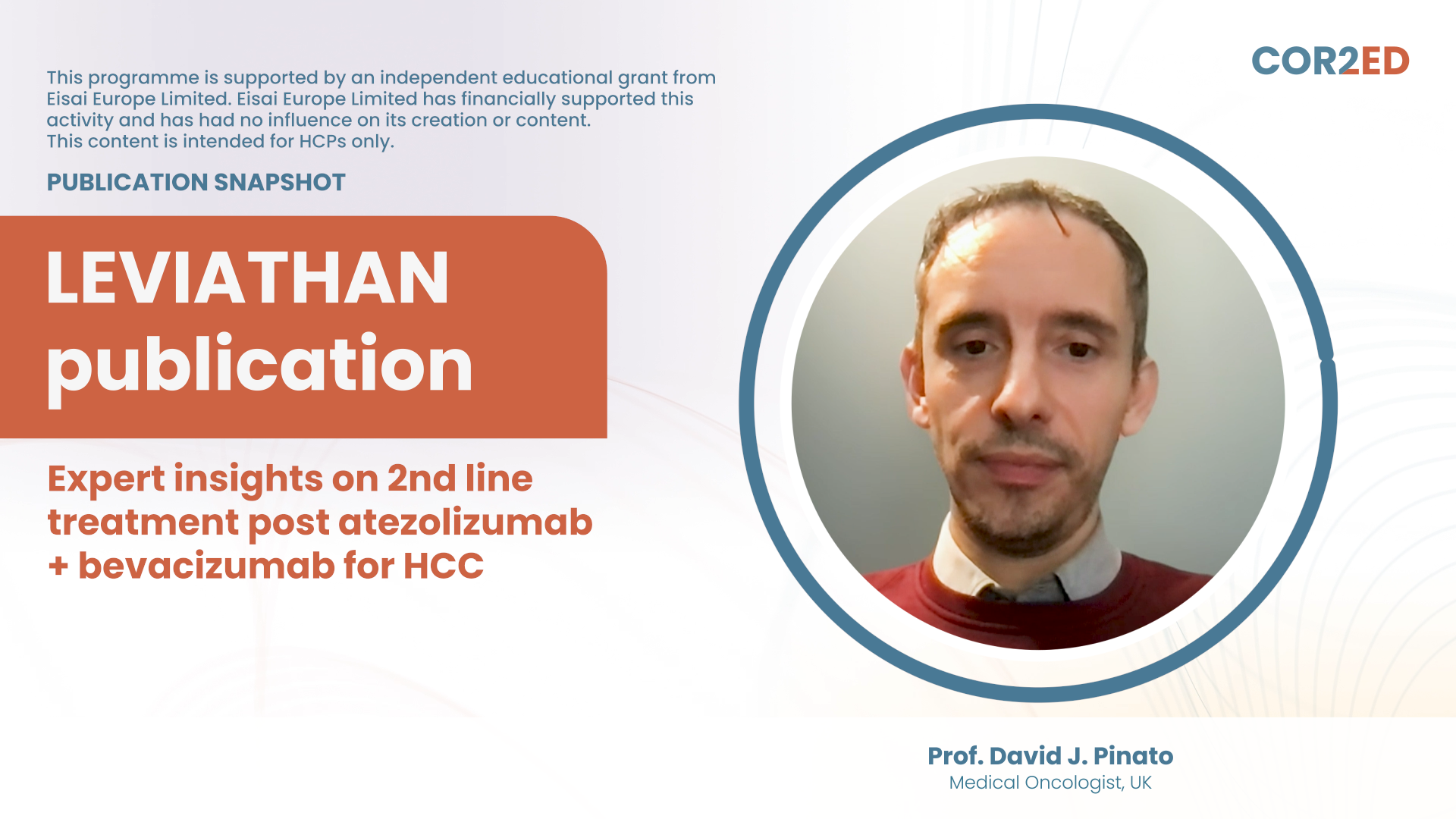Rahul Gosain
Hello and welcome back to the Oncology Brothers podcast. I'm Rahul Gosain, as always, here with my brother and co-host Rohit Gosain. Today, we're starting off with a two-part series on HER2-positive non-small cell lung cancer. In this first episode today, the majority of our focus is going to be on testing and identifying these alterations. And then in our second episode, we'll take a deeper dive into our available treatment options and what is on the horizon.
For today's episode we're excited to have Dr Devika Das, a Thoracic Medical Oncologist from the University of Florida Health, and Dr Fernando Lopéz-Ríos, a Pathologist from Madrid, Spain. Devika, Fernando, welcome.
Prof. Fernando Lopéz-Ríos
Delighted to be here with Devika, Rahul and Rohit.
Dr Devika Das
Very excited to be here.
Rohit Gosain
Thanks so much for joining us and touching on this fast-evolving space of HER2-positive disease, rather focusing on non-small cell lung cancer space today. I believe it was about three years ago before the approval of T-DXd if one was to say HER2-positive, the only two things one would come in mind would be breast cancer or gastric cancer. But now, of course, after the blanket approval, HER2 is a target for all solid malignancies. How we define HER2-positive is certainly different, particularly for non-small cell lung cancer. Devika, starting off with you here, we have mutations, IHC, FISH amplification.
This is getting complicated of course. So, for us in practice what does it mean when we say HER2-positive non-small cell lung cancer?
Dr Devika Das
What an exciting time to be a thoracic oncologist. And we're finally taking the baton from our breast oncologists and our GI oncologists and finding patients with HER2 alterations. And you very rightfully said, it's a little bit different in how we define something as HER2-altered in non-small cell lung cancer.
So, first we have the HER2 mutations, which are seen in about 2-4% of our patients with non-small cell lung cancer. On the NGS it's visible as the ErbB2 mutation and not as HER2 mutation. Most commonly it's in the intracellular domain, there's an activating inframe insertion in exon 20. Around 48% fall into that category and the rest are in the extracellular other transmembrane domains.
The next important thing for us in lung cancer is the HER2-overexpression, which is the abundance of the protein, the HER2 protein, on the tumour surface. And that is often picked up on IHC or immunohistochemistry. We also have the HER2 amplification. So far, we do not have a specific directed therapy that's FDA approved, but essentially it is the presence of multiple copies of HER2 gene, and hopefully down the line that is something that we'll use in a therapeutic fashion as well.
Rahul Gosain
Thanks for laying that foundation. Fernando, HER2 IHC testing when initially it came to an existence, it was more so to say if disease is HER2-positive or HER2-negative.
As a pathologist, can you touch a little more on these tests? Concordance rate of diseases, ErbB2, ErbB2-mutated versus relying on ICH or FISH amplification?
Prof. Fernando Lopéz-Ríos
I have to say, this is such a hot topic right now and I think it's really easy to be confused. So, I'll try to keep it simple. I think as Devika was saying, in lung, we mainly have to look for overexpression or mutations right now. And in the field of overexpression, we need to find those patients that have high overexpression, what is called 3+. Probably the controversy now is around which assay to use, or how to score those slides because not necessarily we are going to be using the same scoring guidelines as we've been using in patients with breast cancer or gastric cancer.
But I think for now, probably we are closer to the gastric cancer interpretation guidelines when it comes to patients with non-small cell lung cancer. So, I think that's where we are at now in the field of immunohistochemistry and HER2-overexpression, for patients with non-small cell lung cancer. And then there is the need to identify mutations, HER2 mutations, which probably, we are going to be using next-generation sequencing.
But any other PCR-based assays can also, I think, do a reasonable job. But again, the gold standard, and the preferred choice, is next-generation sequencing. And then there is this thing about, well, what's the overlap between overexpression, mutations, amplification? So, very confusing. I think for now, we have to probably accept the fact that if you have high level amplification, then the correlation with overexpression is going to be very high.
But the overlap between HER2 mutations and amplification or overexpression is still very controversial. Work in progress. And it goes from very high to almost none, depending on the assays, the cutoffs, the type of mutation, etc. So, I think for now, it's better to kind of stay away from that controversy, if you really want to focus on finding patients with high overexpression or HER2 mutations.
Rohit Gosain
Thanks for mentioning that Fernando. But, Rahul, you brought up the topic of ErbB2, and Devika, you mentioned that as well. I just want to reiterate that ErbB2 is indeed HER2-mutated disease. Terminology can certainly get confusing. But for us in community practice, given complex NGS reports, we should keep that in mind that ErbB2 status equates to HER2-mutated status.
Fernando, while you're talking about NGS and IHC, does the sample matter here? Can this only be done on solid tissue? Or one could rely on liquid biopsy as well?
Prof. Fernando Lopéz-Ríos
For now, if we really want to identify overexpression, we need to use tissue. But for the rest of the alterations, amplifications and mutations, we can use liquid biopsies, particularly for mutations.
The copy number variations or amplifications, are sometimes difficult to identify using liquid biopsies, but still that can be done. So that's those two different things, overexpression using tissue, and then we can use both, tissue and plasma to identify amplifications and mutations. Very important because as you know, sometimes there's no access to tissue or you cannot re-biopsy a patient. So, very important to be able to obtain, at least, a biomarker result.
Rohit Gosain
Certainly can’t stress the importance of that, as Doctor Flores would say, tissue is the issue. So certainly we are aware about that. So liquid is something that one can rely on. Devika, currently in your clinic what is your workflow like?
Are you ordering NGS on solid tissue and liquid biopsy? And also in-house HER2 IHC testing. Do you do this concurrently? Are you relying on an NGS partner to run IHC testing?
Dr Devika Das
It's still an evolving space and clearly tissue is the issue, I cannot emphasise how important that is. Well, we also work in an environment where payors are an issue sometimes. So we have to make sure that, you know, based on all kinds of coverage. Ideally, if I can get, I like to send both concurrently. But I'm very cognisant of our patient population and the ability to get all kinds of testing. So, preferably tissue is where we get most of our testing. But we have older frail patients that have inadequate or unable to get proper biopsies.
In that situation we will do liquid biopsy but doing both concurrently, while I would like to do that, it’s not always a possibility in clinic in real time. And then we now because this is such an evolving learning space, we have patients in the past year or so that have not had the IHC for overexpression. So, I always remember that in clinic, when I have a patient that sort of hits the phenotype, is progressing on front-line therapy, I always go back and talk to my pathology colleague to see if there is enough tissue to run an IHC for HER2-overexpression to see if they're eligible for therapies at that point. So, you can always go back and get that done.
Rahul Gosain
This is very similar to what I'm doing here in my practice. At the time I'm seeing my non-small cell lung cancer patients I am moving forward with solid and liquid tissue NGS if the payors allow, and for IHC, I tend to rely on our in-house testing. Granted, as a general medical oncologist, I am ordering now HER2 testing for all of my metastatic patients because of that bucket approval. Okay, besides the testing, Devika, you touched on the phenotype.
Can we take a little more, deeper dive into this? Is there a particular patient population that is likely to have HER2-positive disease? Is it strictly just for adenocarcinoma patients? Can you still see this with squamous cell? What about tobacco or no tobacco exposure? Age group? Can you touch a little on this?
Dr Devika Das
Absolutely. I will start off with a disclaimer. I believe in practice we should test all patients. That being said, to have a sort of a phenotype or having a higher yield of suspicion, that would be a patient that most likely has adenocarcinoma or maybe a mixed histology and no squamous histology. These patients tend to be younger. They tend to be light or never smokers. And they tend to be a lot of women that present with this specific mutation or alterations.
What is interesting, or something that we should note, is a lot of these patients, at some point during the disease course, have a higher incidence of CNS metastases, which is unfortunate. And this is why we should pick this up. They are in the range of about 28 to 30%. If you contrast that to KRASG12C mutations, the incidence of CNS disease is about 8% and 16% in EGFR.
So, you will see a lot more patients presenting with CNS specific diseases. Also, what is interesting and why we need to recognise these alterations in our patients is they don't do as well with standard chemo-IO regimens, especially with the presence of CNS disease. And when they have the exon 20 insertion mutations, those patients have very aggressive disease phenotypes.
We're also seeing patients that have the HER2-overexpression have shorter disease-free survival and overall survival when they get standard of care therapy. So, recognising and treating them with targeted HER2 specific treatments, either on or off clinical trials is extremely important.
Rahul Gosain
And when we're talking about treatment, right now, HER2 treatment is for progressive disease. We'll take a dive into this in our next episode.
But there are clinical trials testing this in earlier lines, which is what we've seen with gastric cancer and breast cancer. Alright. In terms of testing pretty much all-comers.
Fernando, anything that you would like to add here in terms of patient characteristics when it comes to HER2 testing? Is there a prototypical patient where you tend to see this more often?
Prof. Fernando Lopéz-Ríos
I fully agree with what Devika has just said, but I wanted to emphasise how important it is to preserve tissue at diagnosis for all these predictive biomarkers, whether they are immunohistochemistry based, or PCR based. Because the sample we get sometimes is not very big, and you tend to order too much immunohistochemistry just to classify the tumour.
So, here my recommendation is to just look at the H&E (hematoxylin-eosin). If you are not sure, if you are facing adenocarcinoma or squamous cell carcinoma, maybe you will order TTF1 and P40 and then stop. And maybe it's a good idea to, in a reflex manner. start your biomarker testing workflow by ordering PD-L1, now HER2, and of course, next generation sequencing, and try to organise these in a way that is reflex, lean, so you get faster biomarker results.
Rohit Gosain
Thanks for covering that Fernando. With regards to what you mentioned, tissue is certainly paramount here. Now Devika, where we did test this patient, particularly for HER2 mutation, all of that did come back negative. However, patient did progress. Now in second-line, do you repeat this testing at all?
Dr Devika Das
I usually don't do the mutation testing in second-line, but I will, as I was alluding to before, go back and do IHC testing for overexpression if I can. Because often we see a lot of patients that we're now seeing have not had that testing, again because of several different issues and not having enough tissue. So, if there is an opportunity to re- biopsy, I will go back and re-biopsy. If not, I will get IHC on the tissue to look for that.
Rahul Gosain
Okay. We're saving the next episode for treatment options for HER2-positive non-small cell lung cancer. But Devika, can you briefly touch on the current treatment landscape here?
Dr Devika Das
What an exciting place. Again, I know I keep saying that over and over again, but, since the time we've had T-DM1 (Trastuzumab emtansine) available and we knew we had non-small cell lung cancer of a HER2 positivity, we've been trying to use T-DM1, often not always covered by payors, but a lot of us have clinical experience using it with variable degrees of response.
But our first major breakthrough with an approval came in 2022, where we had an FDA approval for trastuzumab deruxtecan, to be used in the second-line space for patients with HER2 mutations specifically, that were progressing on front-line therapy. Again, with good responses, including good CNS responses seen in that population, which was very critical because it's a very common site of progression.
And all of this was based on the DESTINY-Lung01/-Lung02, where the doses were established in DESTINY-Lung02 at 5.4mg/kg. And then more recently we've had the pan-tumour approval for all pan-tumours, metastatic tumours that don't have good alternate therapies and that have HER2-overexpression.
So this is different. It's the IHC 3+ where you can still use trastuzumab deruxtecan at the time of progression or in second-line. So we have good spaces and I know we have more therapies that are coming. And it's such an exciting time to be practicing thoracic oncology.
Rohit Gosain
Perfect. This would be a great foundation for our next episode with Dr Eric Singhi and Dr Isabel Preeshagul.
Rahul Gosain
Before we close again, I want to acknowledge how fast HER2-positive space is changing from complicated NGS reporting, which labels HER2 as ErbB2 mutation, or the need to get FISH amplification that fits IHC 2+ versus underlying disease that's overexpressing with IHC 3+. This is all happening when we also have to worry about false negatives. Fernando, before we close, any last thoughts on this as a pathologist for our listeners?
Prof. Fernando Lopéz-Ríos
I'm really happy that you brought up the issue of patients that are pan wild-type. I always say that, because some of these alterations are not overlapping with other actionable targets.
If you run your initial biomarker testing effort and everything comes back negative, I think it is really good practice to integrate all the information from all the different assays and try to figure it out, and try to discuss with the whole clinical tumour board, because you probably need to keep going until you find an actionable target.
So, I think that's a very important message. And I try to always say that, right now, finding these targets is just a matter of integrating so much complexity in the field of lung cancer biomarker testing.
Rahul Gosain
Absolutely. The era of precision medicine. Devika, anything to add from your end here?
Dr Devika Das
I think the final thoughts really is, even though these are a small subset of all patients with non-small cell lung cancer, I still think 2-4% of patients is a big enough number, more than some of the other cancer incidences in general.
So just based on those numbers, we should not discredit testing for this mutation and overexpression, especially now that we have very, very directed targeted therapies available, both FDA approved as well as in clinical trials for our patients. So be on the lookout on that NGS report.
Rahul Gosain
And that incidence might go up because we're looking for it more. We likely might see more than 2-4% in the next 5 to 10 years. Devika and Fernando, thank you so much for covering this fast-evolving landscape of HER2-positive non-small cell lung cancer with us today. For our listeners, let us go over a quick recap.
In today's episode with Dr Devika Das, a thoracic medical oncologist, and Dr Fernando Lopéz-Ríos, a pathologist, we had a chance to touch on HER2-positive non-small cell lung cancer. In this discussion, our focus was not only around the importance of testing for HER2, but we also had a chance to touch on the complicated terminology around this testing via ErbB2 mutation, via NGS or IHC testing or FISH amplification. Rohit, your key takeaways from today's discussion?
Rohit Gosain
So, I must say I have a better understanding of what HER2-positive really means. But discussion around patient characteristics, tumour characteristics that harbour HER2 disease, was in fact the highlight. HER2-positive non-small cell lung cancer is more prone to have CNS involvement, similar to what we've seen with breast cancer as well.
We briefly touched on our current available treatment options with trastuzumab deruxtecan. A lot of data around TKIs that will be coming your way based on further approvals, but make sure to check out our next episode where we will talk about more treatment options for HER2-positive non-small cell lung cancer. Thanks for joining us.
We are the Oncology Brothers.


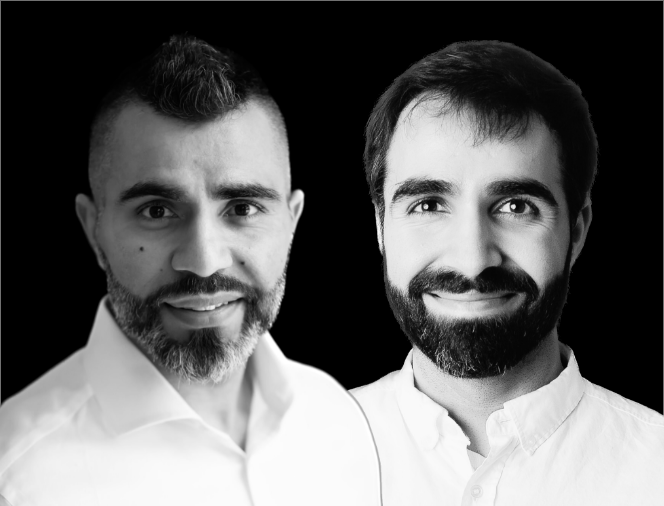


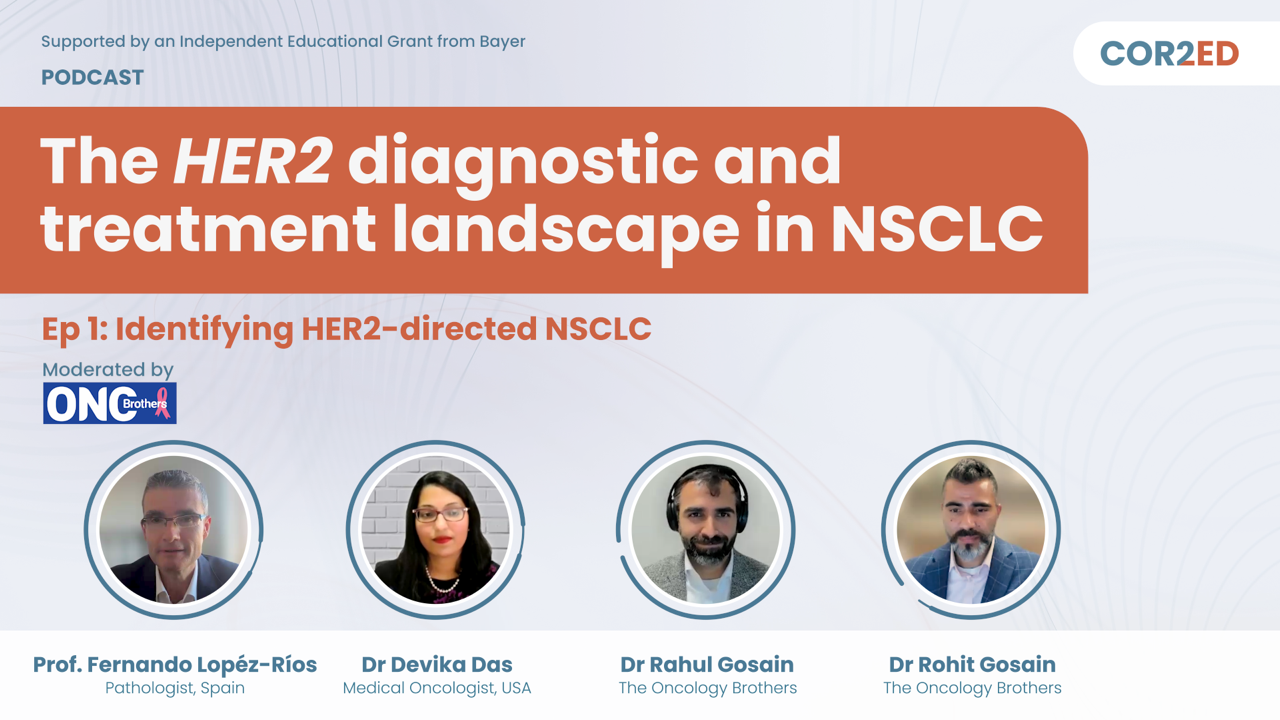
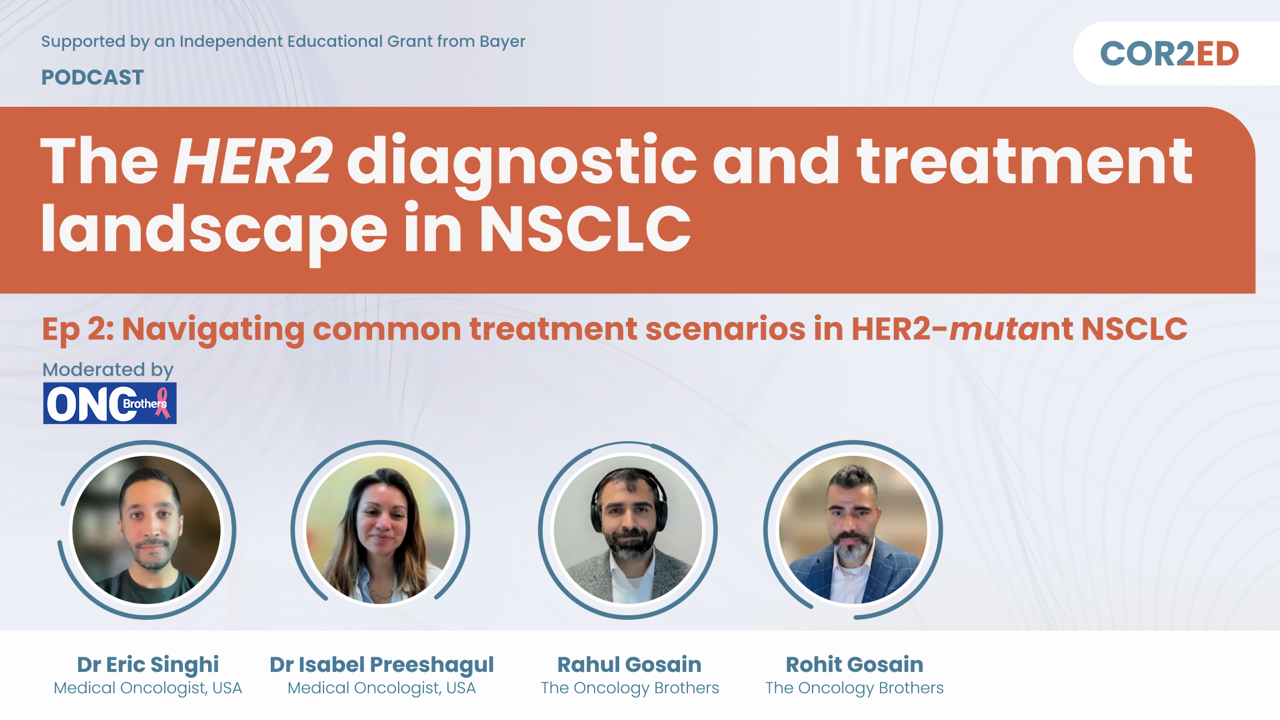

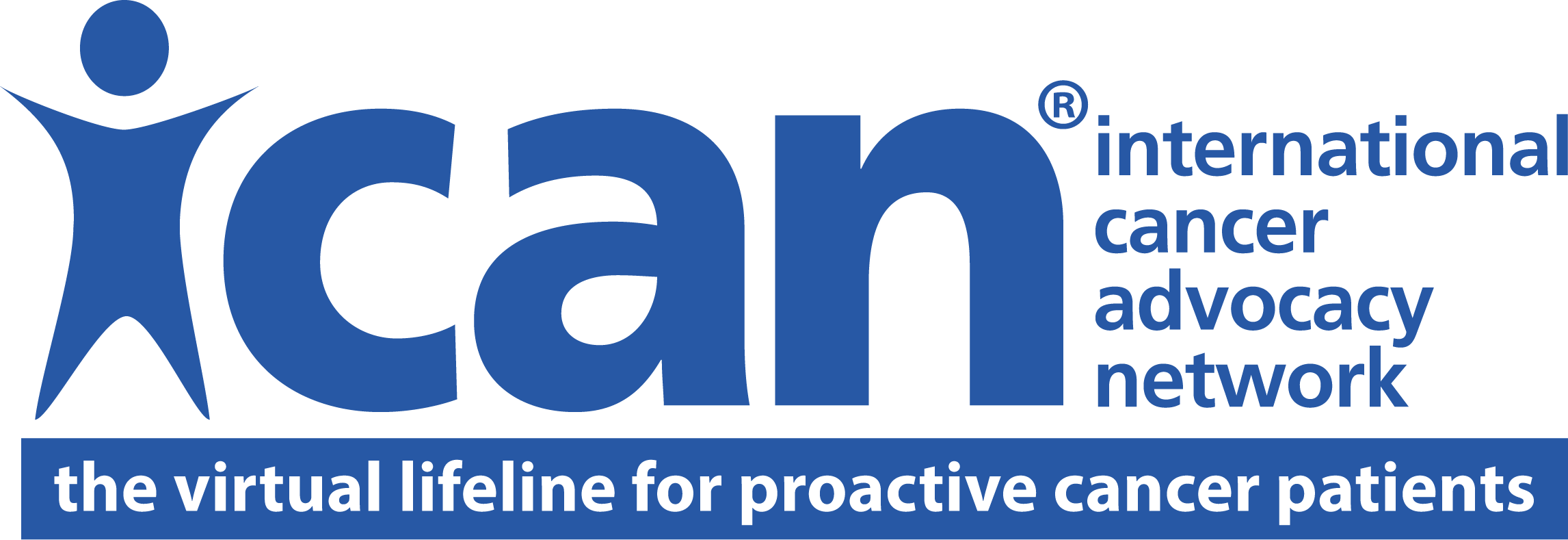
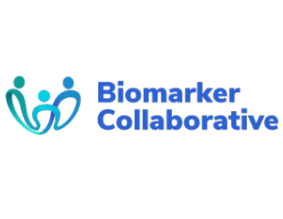

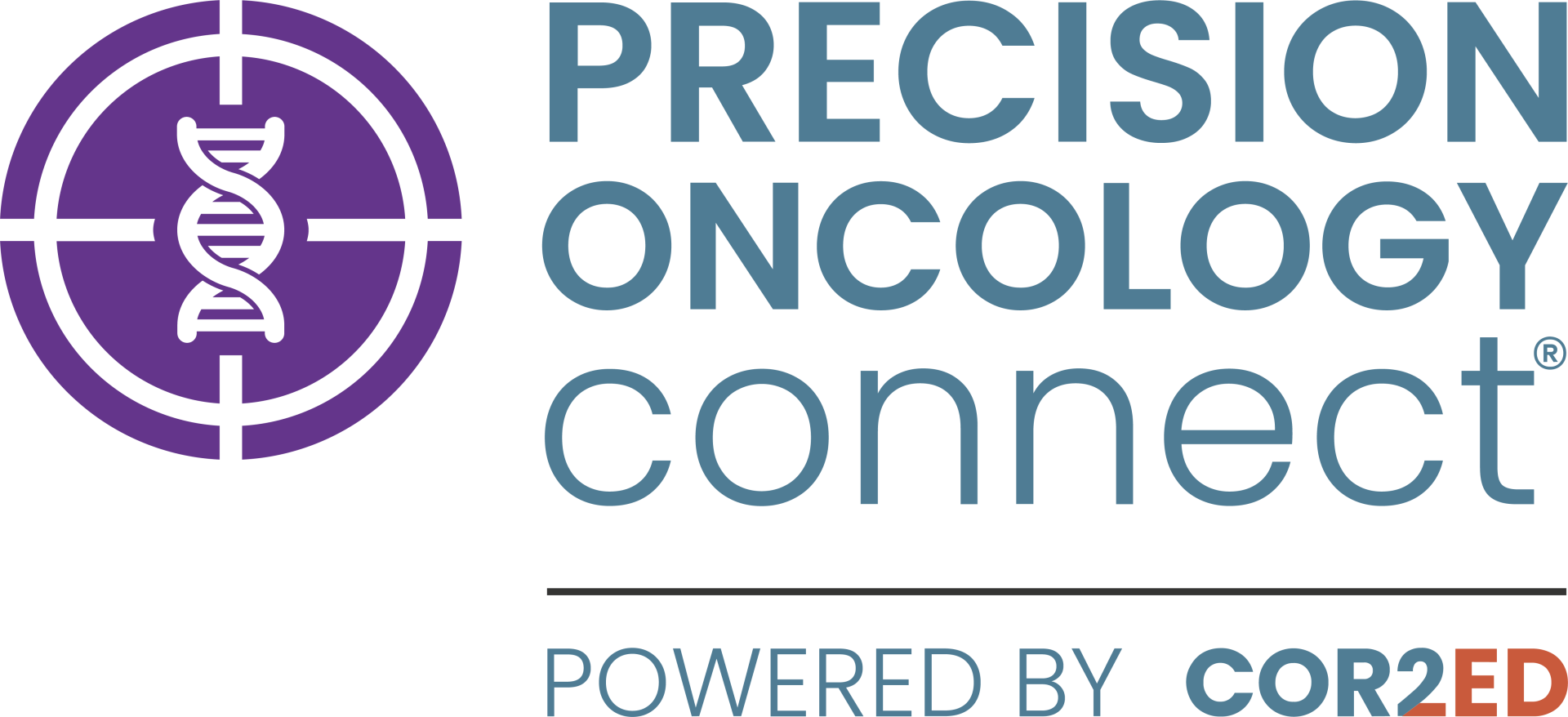
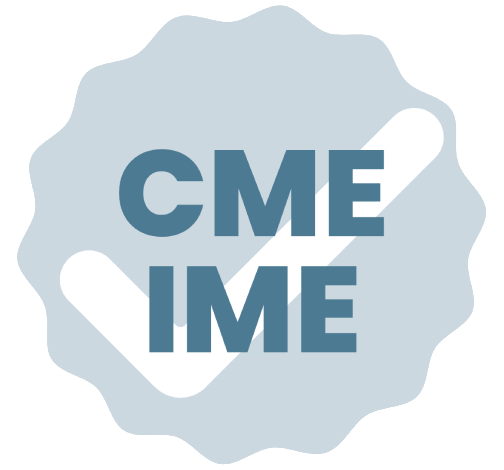
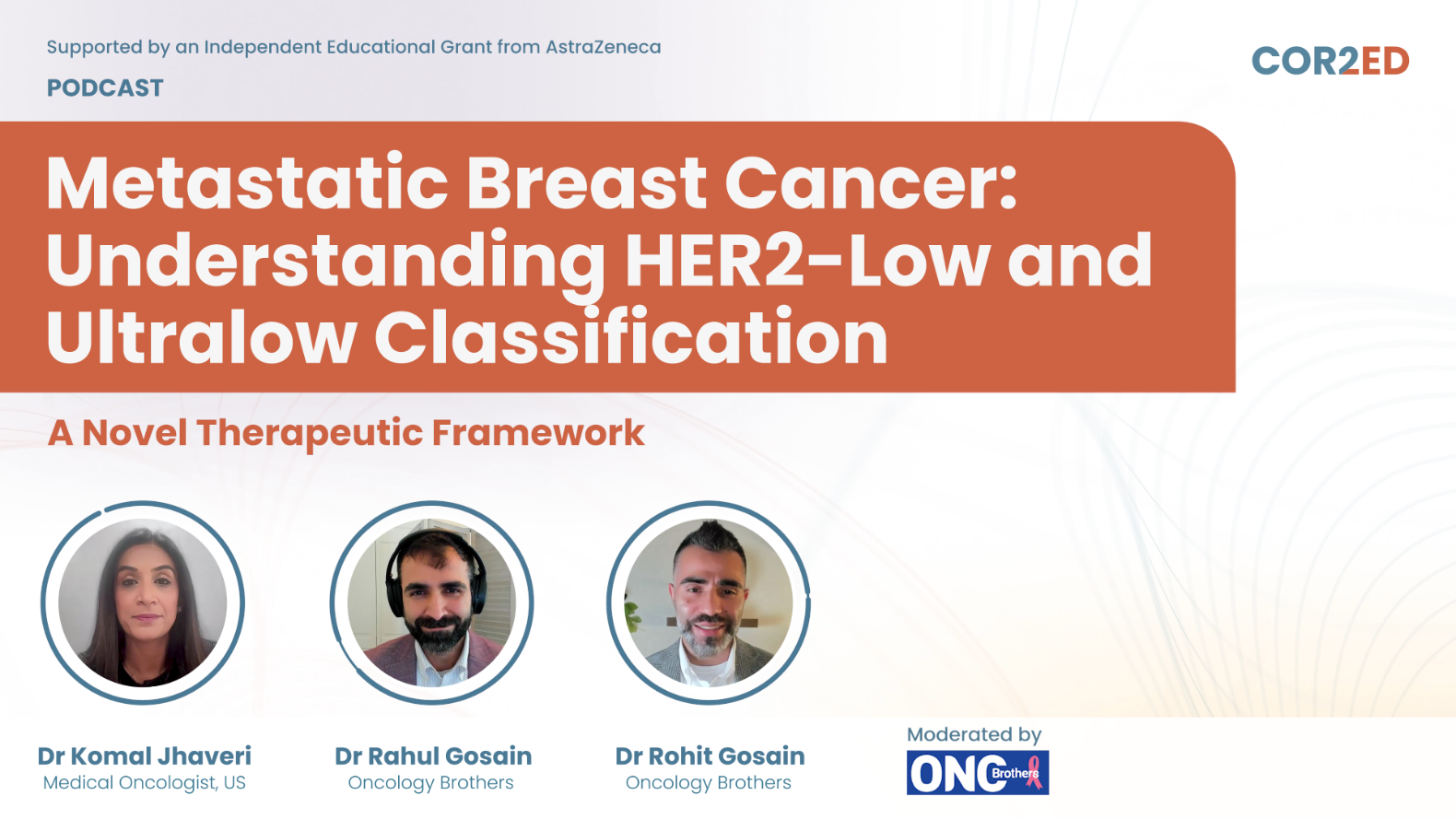
 Downloadable
Downloadable  25 MIN
25 MIN
 Dec 2025
Dec 2025 
